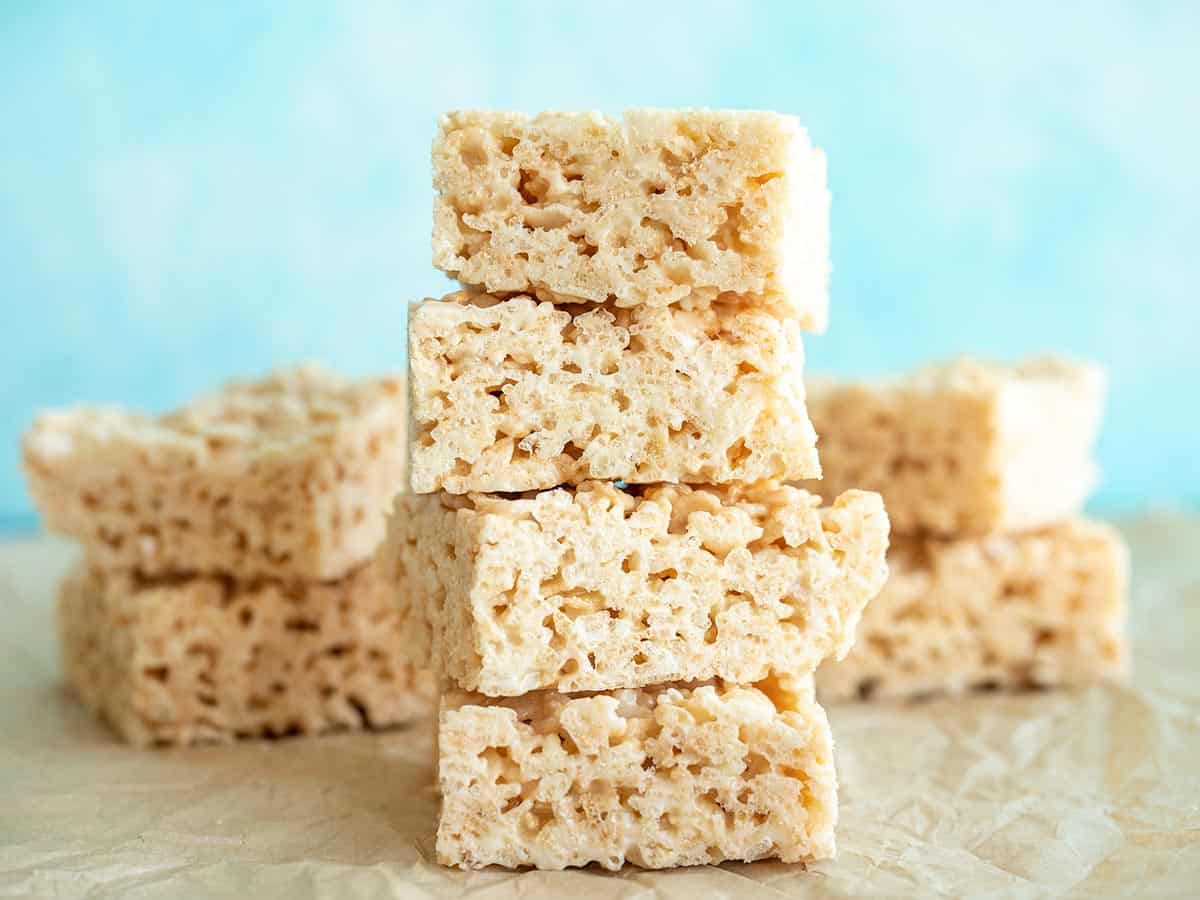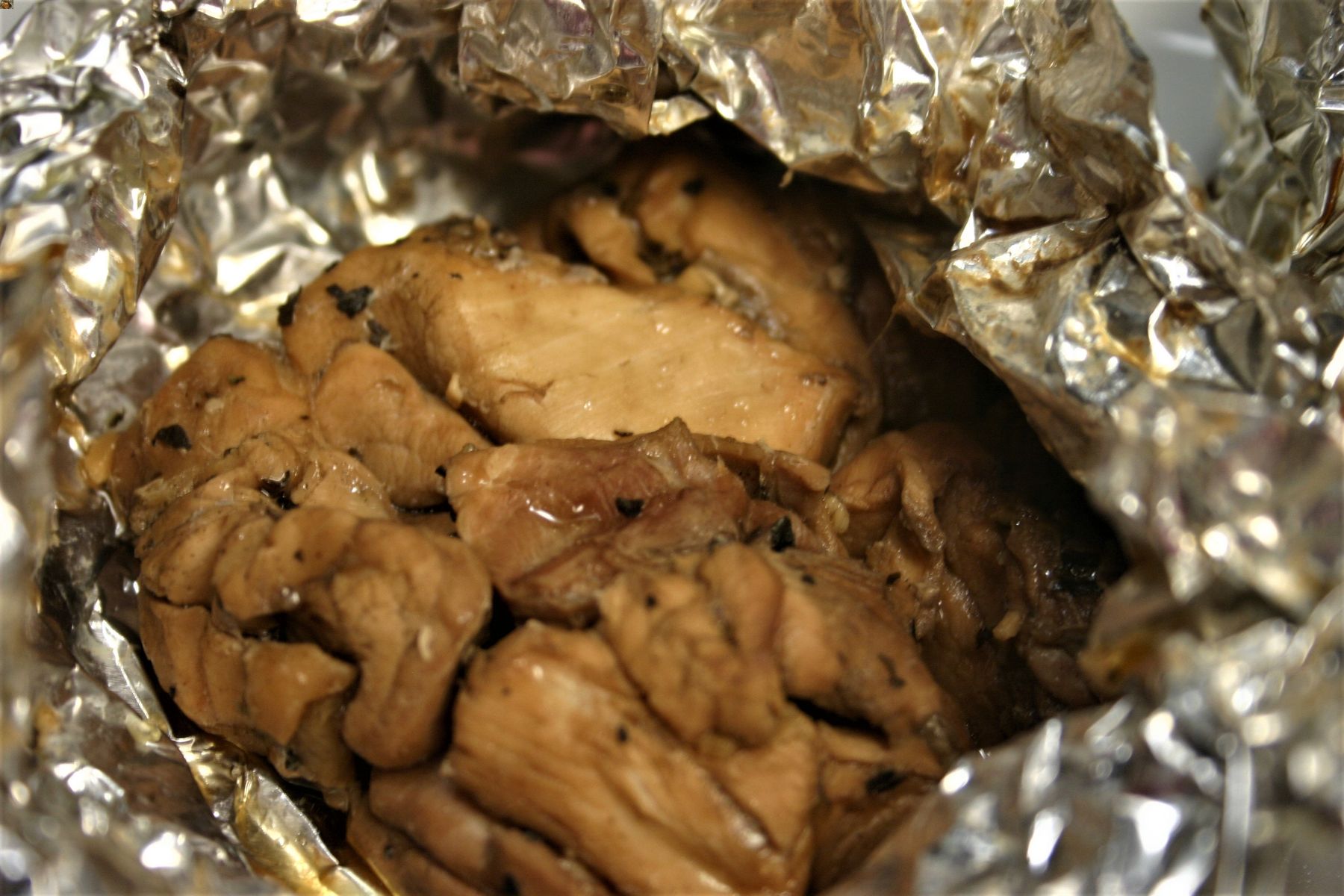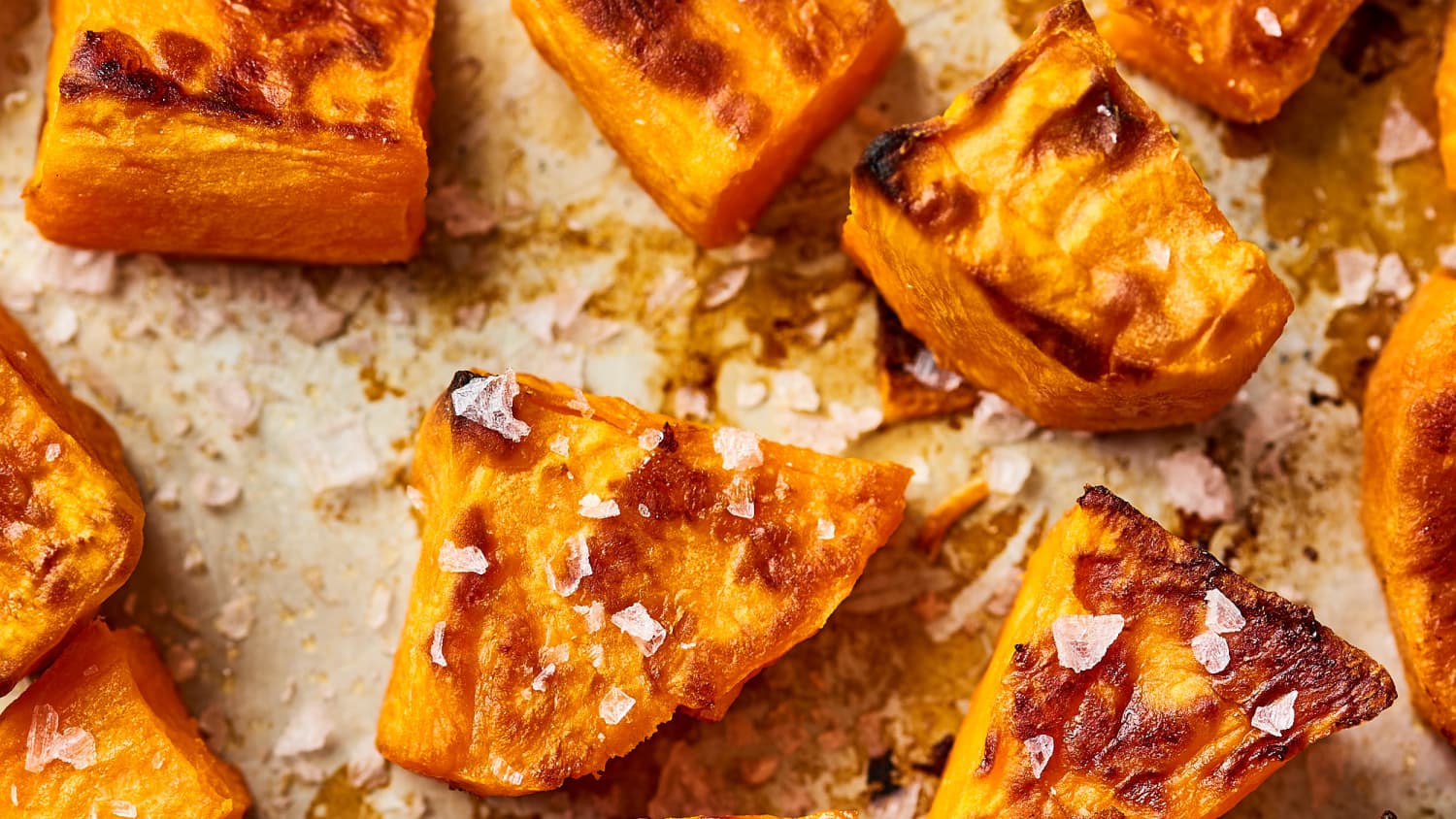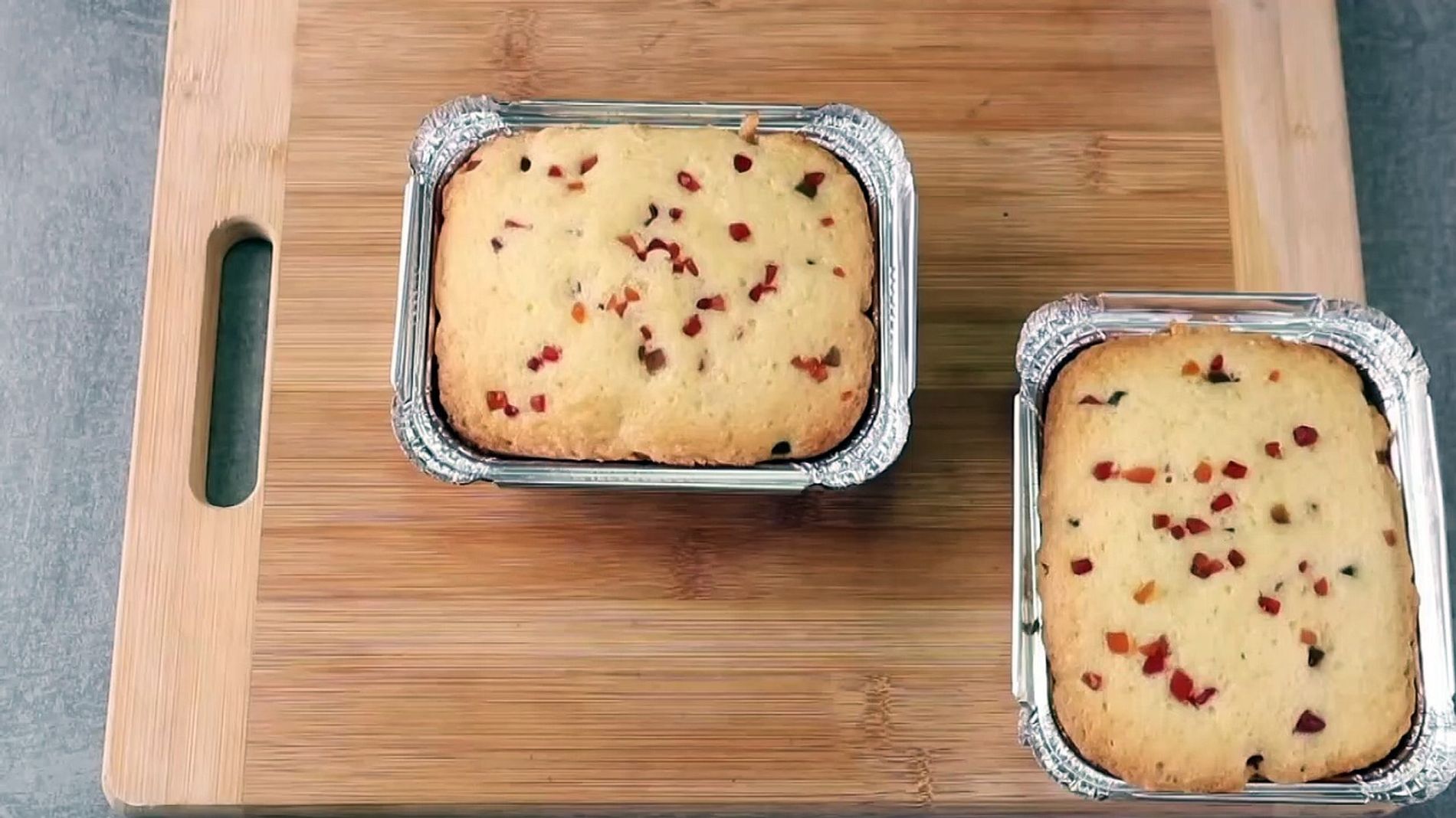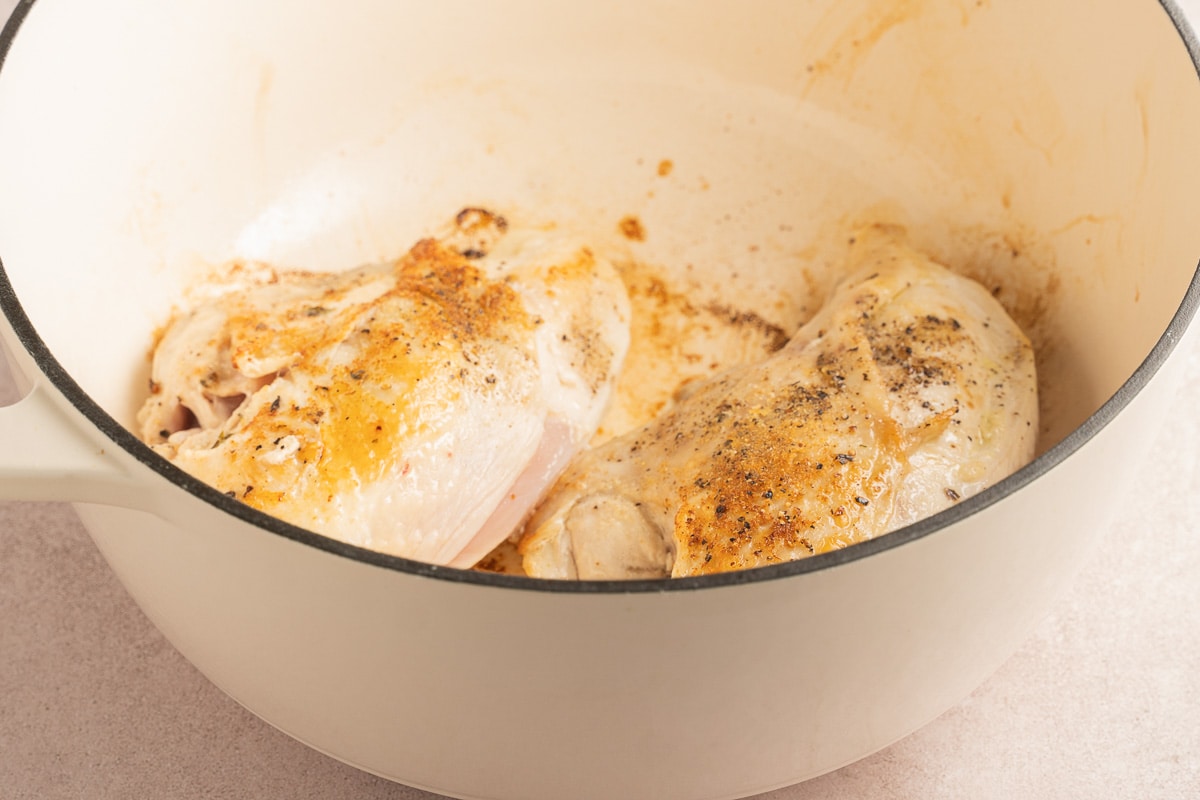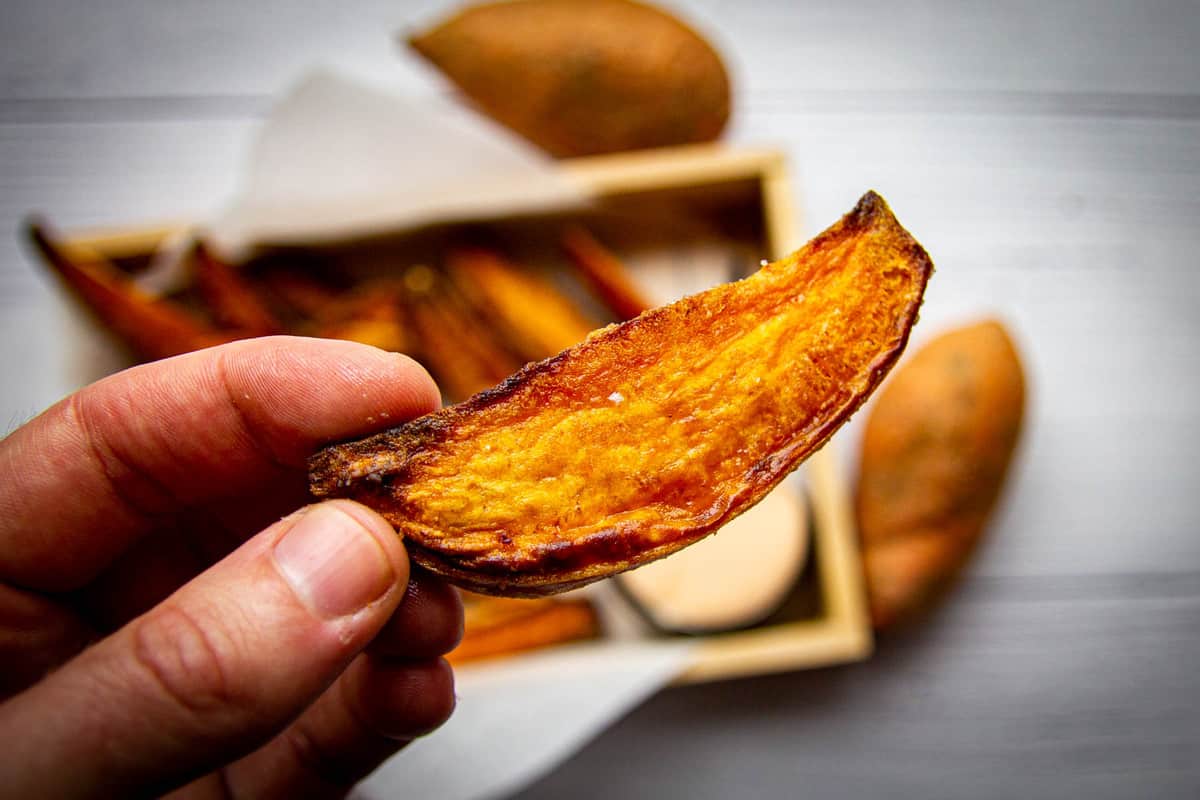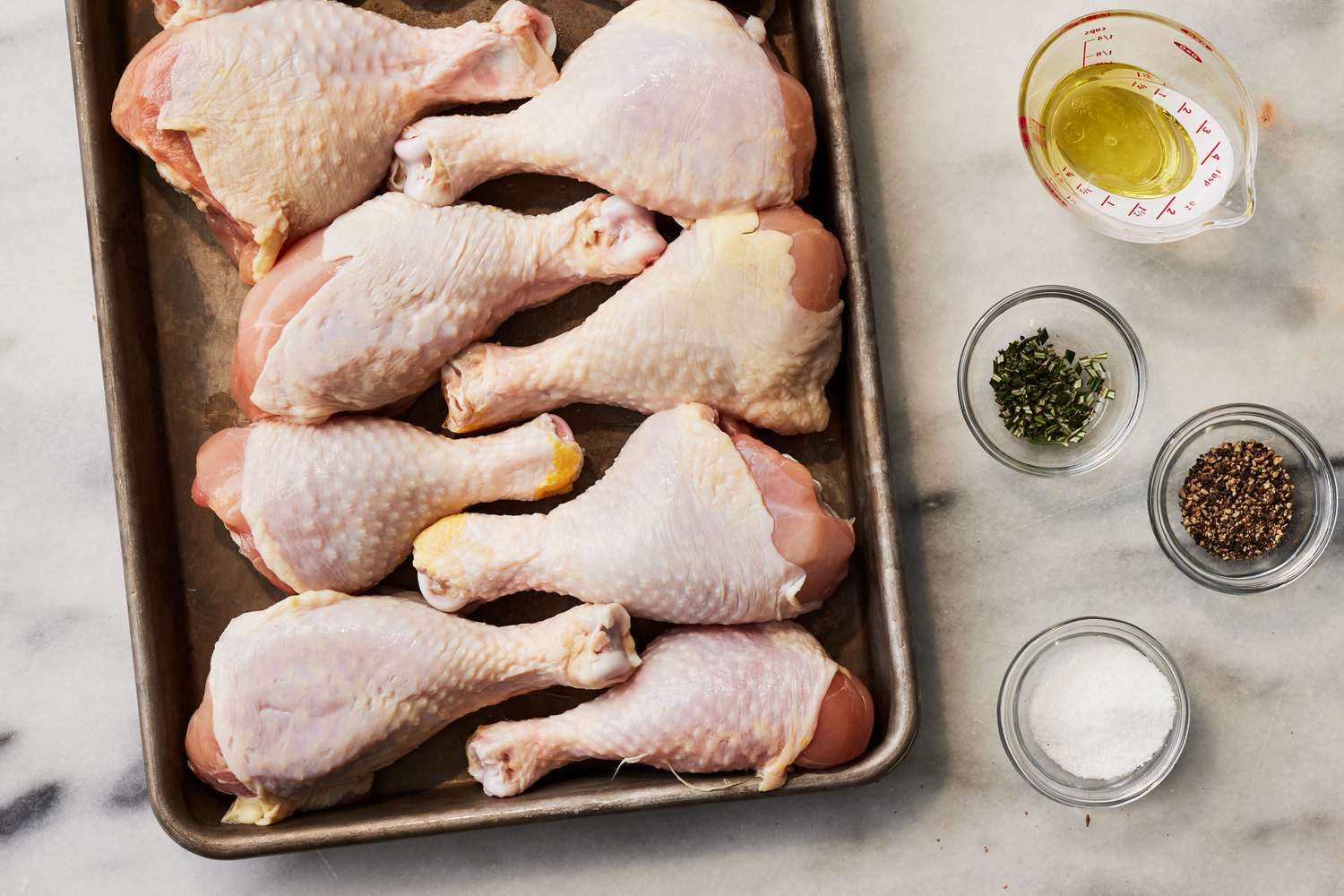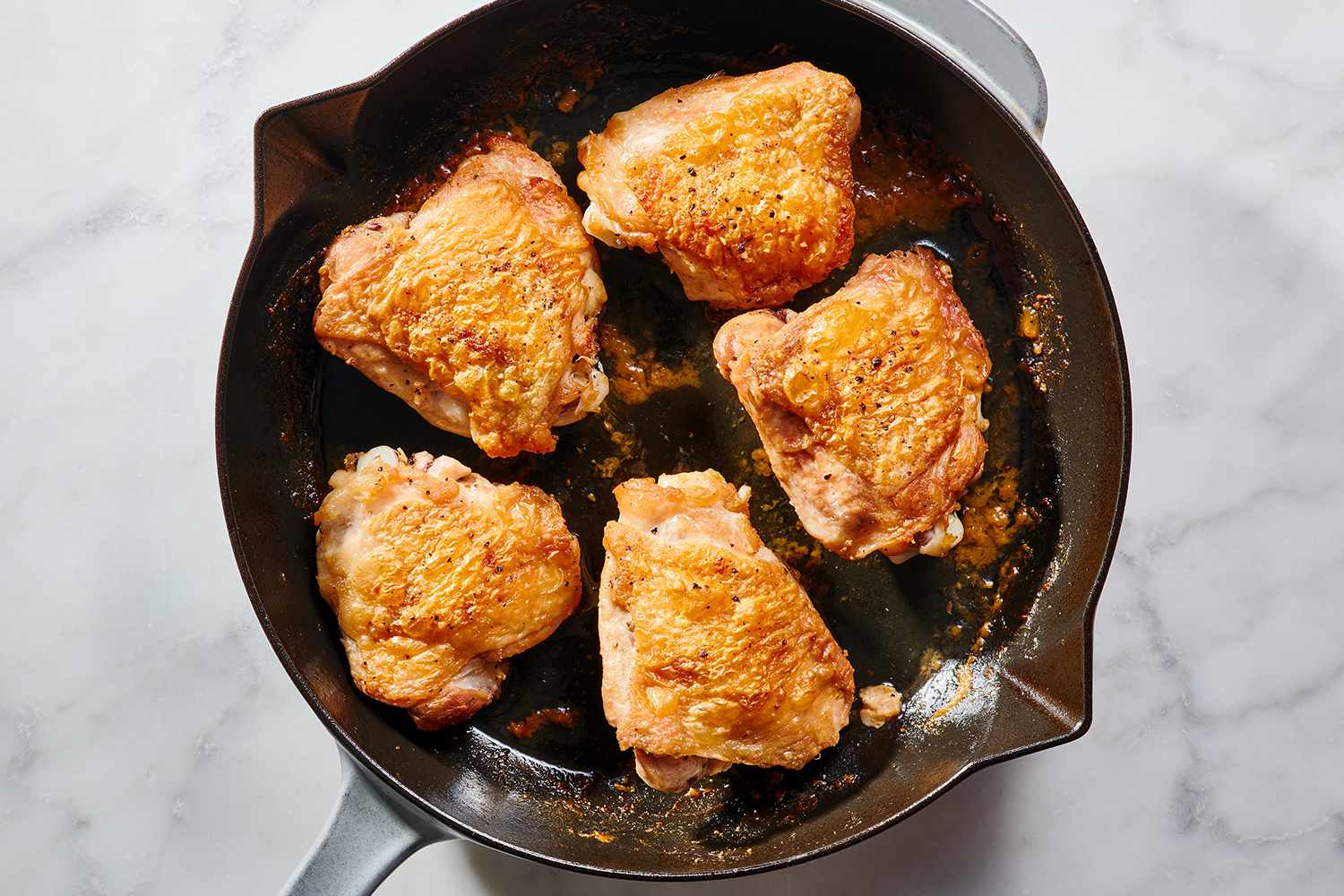Homebrewing: How to Brew Dry Stout
Gathering around a pint of smooth, flavorful beer is a timeless tradition that brings people together. And what better way to enhance this experience than by brewing your own dry stout? In this article, we will guide you through the step-by-step process of brewing a delicious and satisfying dry stout right in the comfort of your own home.
What is Dry Stout?
Dry stout is a dark, rich beer style that originated in Ireland. It is known for its roasted malt flavors, creamy texture, and slightly bitter finish. The iconic example of this style is Guinness, but with your homebrewing skills, you can create your own unique variation of this classic beer.
Ingredients You’ll Need
- Base Grains: To achieve that dark color and rich flavor, you’ll need a malt bill consisting of roasted barley, flaked barley, and a base malt like pale ale or Maris Otter.
- Hops: Choose hops with low alpha acid levels to balance the malt sweetness without overpowering the flavors. English hops like East Kent Goldings or Fuggles work well for this style.
- Yeast: For a dry stout, you’ll want to use an Irish Ale yeast strain. This will contribute to the beer’s characteristic dry and crisp finish.
- Water: The water chemistry plays a vital role in the final taste of your beer. Research water profiles for dry stouts and ensure yours aligns with the style.
The Brewing Process
- Mashing: Start by heating the strike water to the appropriate temperature and then add the grains. Maintain the mash temperature between 148°F and 152°F for about 60 minutes to allow the enzymes to convert starches into fermentable sugars.
- Lautering: Once mashing is complete, it’s time to separate the liquid wort from the spent grains. Use a lauter tun or a large strainer to achieve this.
- Boiling: Transfer the wort into a brew kettle and bring it to a rolling boil. Add the hops at specific intervals to achieve the desired bitterness and aroma.
- Cooling: After the boil, it’s crucial to rapidly cool the wort to yeast-pitching temperature. Use an immersion chiller or a counterflow chiller for this step.
- Fermentation: Transfer the cooled wort into a sanitized fermenter and pitch the yeast. Ferment at a controlled temperature between 65°F and 68°F for about 7-10 days or until the desired gravity is reached.
- Bottling: Once fermentation is complete, it’s time to bottle your dry stout. Prime the beer with a measured amount of fermentable sugar and allow it to carbonate for a couple of weeks.
Enjoying Your Homemade Dry Stout
After patiently waiting for carbonation, it’s finally time to savor the fruits of your labor. Pour your homebrewed dry stout into a pint glass, admire its cascading dark color, and take a sip. Aromas of roasted coffee and chocolate will greet your senses, followed by a smooth and velvety mouthfeel. The slightly bitter finish will leave you craving another sip.
Brewing your own dry stout is not only a rewarding experience but also gives you the opportunity to experiment with different flavors and add your own personal touch. So gather your brewing equipment, follow these steps, and embark on a delicious journey of homebrewing excellence with your very own dry stout.
Remember, always drink responsibly and share your homemade brews with friends and family in moderation.
